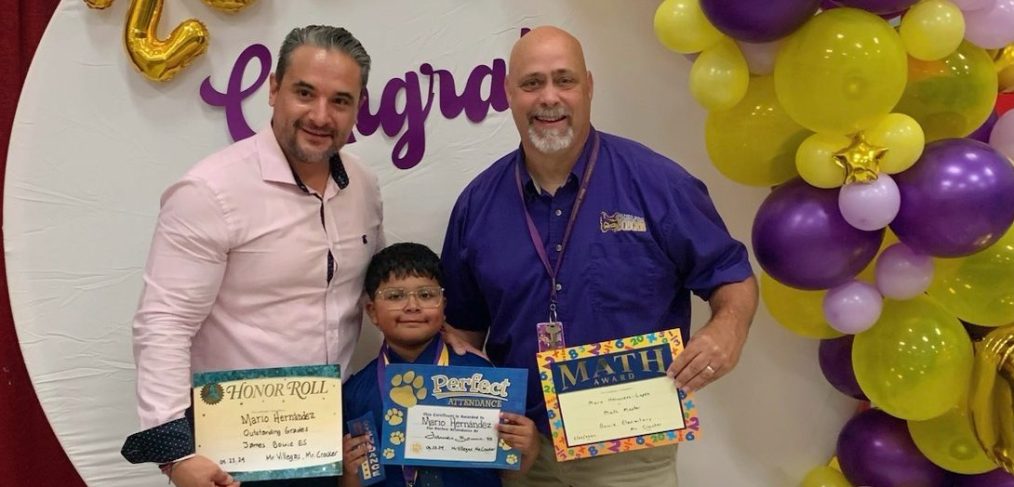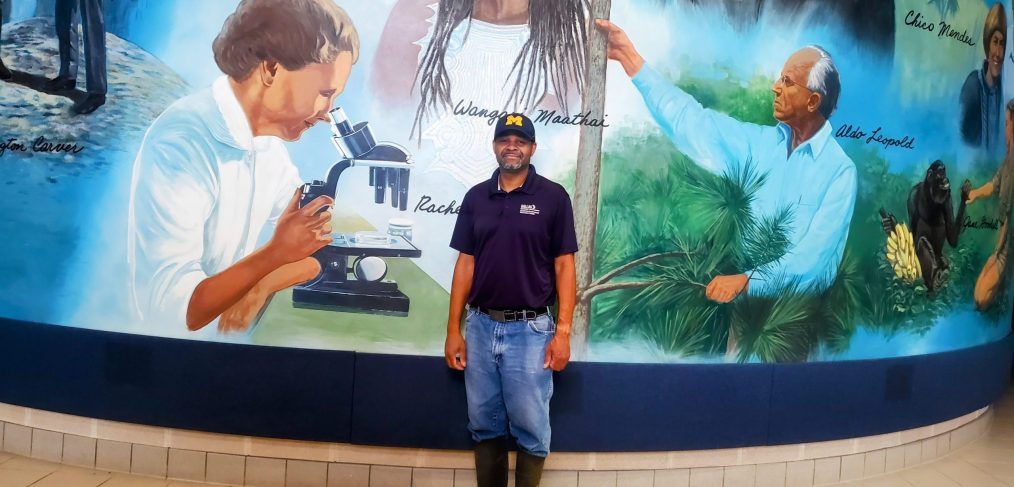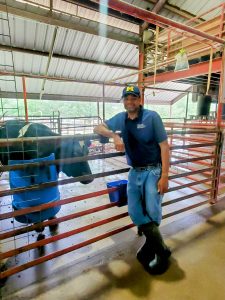A random stop at a job fair years ago led to Enrique Villegas finding his passion as a teacher in Dallas ISD and has resulted in 18 years of inspiring young minds and making a significant impact on the entire educational community.
“I just stopped for a minute, without knowing much about it, and voila! I fell in love with the craft and have been ever since,” said the third grade bilingual teacher. 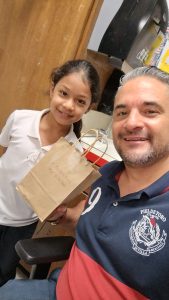
Villegas—originally from San Luis Potosi, Mexico—moved to Dallas in 2006 and became part of the district’s Alternative Certification Program. He started his career at Herbert Marcus Elementary School and has had the opportunity to teach at various schools since then, each one contributing to his growth and experience. He spent three years as a Campus Instructional Coach before deciding to go back to the classroom. He has now found his place at James Bowie Elementary School, where he continues to make a difference.
“It is amazing how their little minds, with the right stimuli, can grow and become these brilliant minds,” said Villegas, who sees his students become critical thinkers as his greatest accomplishment.
A tradition Enrique started with his students involves conducting research projects on different countries. For example, together, they create piñatas from scratch and decorate them with the colors of the countries they researched.
“On the last day of school, they do a presentation to the class, then we go outside and break the piñatas,” Villegas said. These activities not only make learning fun but also create a love for knowledge and cultural awareness.
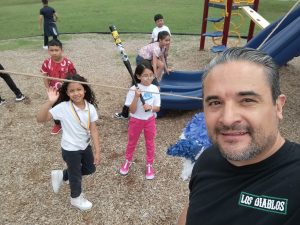 Villegas is a member of the Texas Education Agency’s committee for the development of the STAAR test. Invited to participate by Pearsons and TEA, Villegas was the only representative from Dallas ISD for his area of expertise on the committee, working alongside other teachers from Texas. As part of his responsibilities, he evaluates rubrics and questions, providing valuable feedback on the assessment’s level of difficulty and expectations. His participation is a tribute to his commitment to education and fair assessment practices.
Villegas is a member of the Texas Education Agency’s committee for the development of the STAAR test. Invited to participate by Pearsons and TEA, Villegas was the only representative from Dallas ISD for his area of expertise on the committee, working alongside other teachers from Texas. As part of his responsibilities, he evaluates rubrics and questions, providing valuable feedback on the assessment’s level of difficulty and expectations. His participation is a tribute to his commitment to education and fair assessment practices.
“It was a very open panel, with all parties giving their expert opinions,” he said.
Villegas, whose guiding mantra is “One who saves a soul, saves the world,” finds profound meaning in this principle, which also reflects his dedication to making a difference in his students’ lives.
“We might never become rich, but the rewards we see every day with our students pay us off,” he said.

